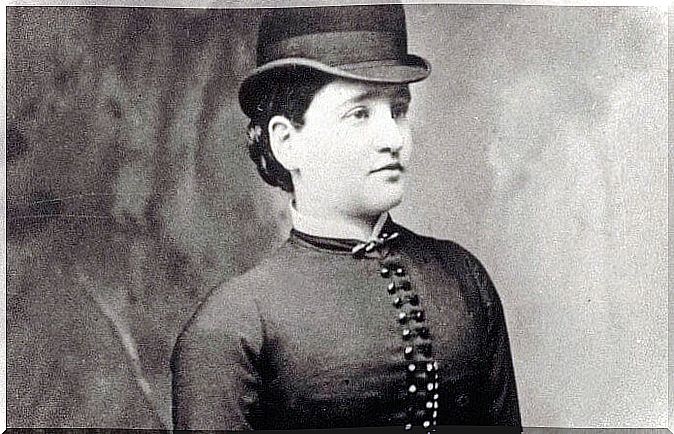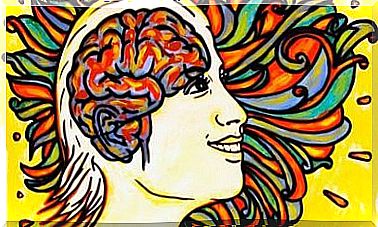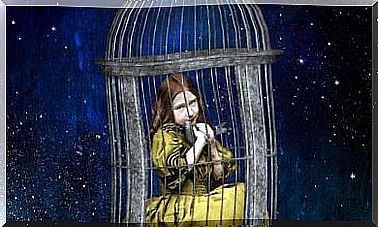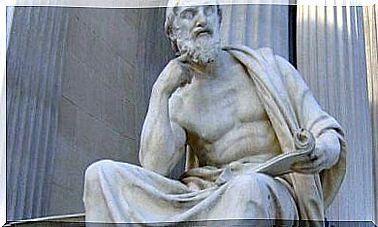Charcot, An Extraordinary Man Of Science
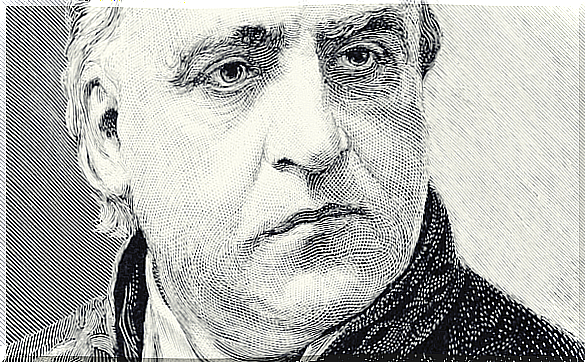
Jean-Martin Charcot was a famous doctor and neurologist. He was born in Paris in 1825 and his contributions had a definitive resonance, both in the field of medicine and psychology. He was a disciple of the famous Guillaume Duchenne de Boulogne. The latter, like Charcot, are considered the fathers of neurology. But not only that. Charcot was also the most important precursor of psychoanalysis.
He worked for 30 years at the famous Salpêtrière Hospital. When Charcot arrived there, the hospital had around 5,000 patients. About 3000 of them presented with mental disorders. New lessons were taught to doctors there, and new methods were tested. It was the most important medical center in the world at that time, for everything related to the brain.
Charcot became very famous in Europe when he began to use hypnosis as a method of treating hysteria. He was above all a man of science and, for this reason, was open to all novelties in the field of medicine. His observations led him to take a particular interest in hysteria, a disorder he explored more than any other of his contemporaries.
Charcot and his arrival at La Salpêtrière
The patients Charcot encountered were of all kinds. There were prostitutes, vagrants, people with cognitive problems and others who had been rejected by society. La Salpêtrière was then known as the great asylum of human misery or “pandemonium of madness”. It was Charcot who made this chaotic place the most important medical research center in Europe .
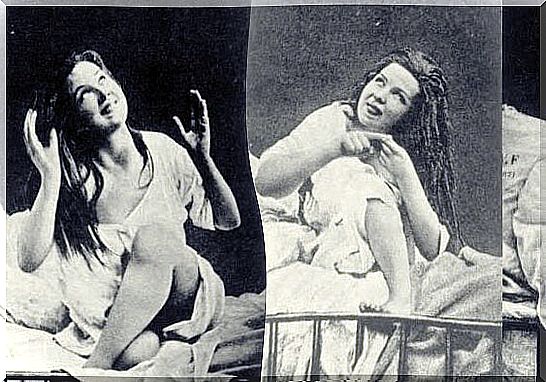
Since the time of Hippocrates, the uterus was seen as a mobile organ that roamed in a woman’s body. When this organ reached the chest, it caused severe symptoms. Among them, strange convulsions and hot flashes. It was called hysteria. Many women exhibited such symptoms. Hysteria was considered to be an exclusive condition of women .
When Charcot arrived, a large majority of patients were not being treated. Most of the women had been diagnosed as hysterical. However, the French doctor noted that some men also exhibited symptoms that could be classified as hysterical. And the women, besides hot flashes and seizures, also exhibited rare expressions of the disease, such as blindness or paralysis. What all of these cases have in common is that they were not the subject of any medical explanation.
Hysteria
Jean-Martin Charcot was above all a brain scientist. His research has laid the foundation for understanding diseases such as sclerosis. They have also made it possible to specify many aspects inherent in cerebral hemorrhages and other diseases such as Friedrich’s disease and Tourette’s syndrome. However, his curiosity led him again and again to the pavilion for so-called simple epileptics. There, 90% of the patients had been classified as hysterical and neurasthenic.
Charcot demonstrated that the hysteria was not in the womb, but in the brain. He also presented the postulate that the origin of convulsions, hot flashes, paralysis, and other unexplained symptoms may lie in a past experience. Almost simultaneously, he proposed the idea that this ailment could be treated with hypnosis. This is how one of the most fascinating scenarios of that time appeared: the Tuesday sessions .
In these sessions, Charcot presented cases of hysteria, almost in the context of a hysterical scenario. In other words, theatrical. The French doctor was showing, one by one, how the symptoms disappeared under the state of hypnosis. And not all patients were women: it has been proven that this disorder can also appear in men.
Charcot, a source of debate
Charcot was harshly criticized by many of his contemporaries. The latter accused him of being unscientific and of turning his Tuesday sessions into a circus. The claims were not correct. Charcot had a deep scientific mind, which is why he did not reject any option. He soon found analogies between hysteria and hypnosis.
Charcot proposed the existence of a traumatic hysteria. In other words, triggered by an event that caused a profound impact on the person’s mind. He pointed out the existence, in hypnosis, of an order which the patient accomplishes by suggestion. Something similar happens in traumatic hysteria. The trauma is like self-hypnosis: the mandate is in the trauma and causes the subject to start acting unconscious, in a strange way.
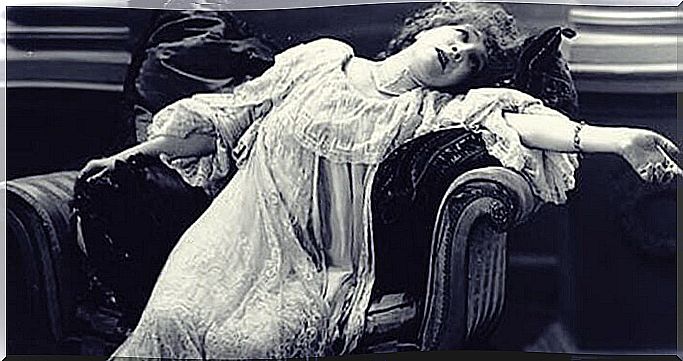
One of Charcot’s most important contributions was precisely to have isolated the concept of “trauma” of the mind and to have fulfilled this notion of content. On the basis of the important contributions of this great French scientist, one of his students, Sigmund Freud, discovered psychoanalysis.
